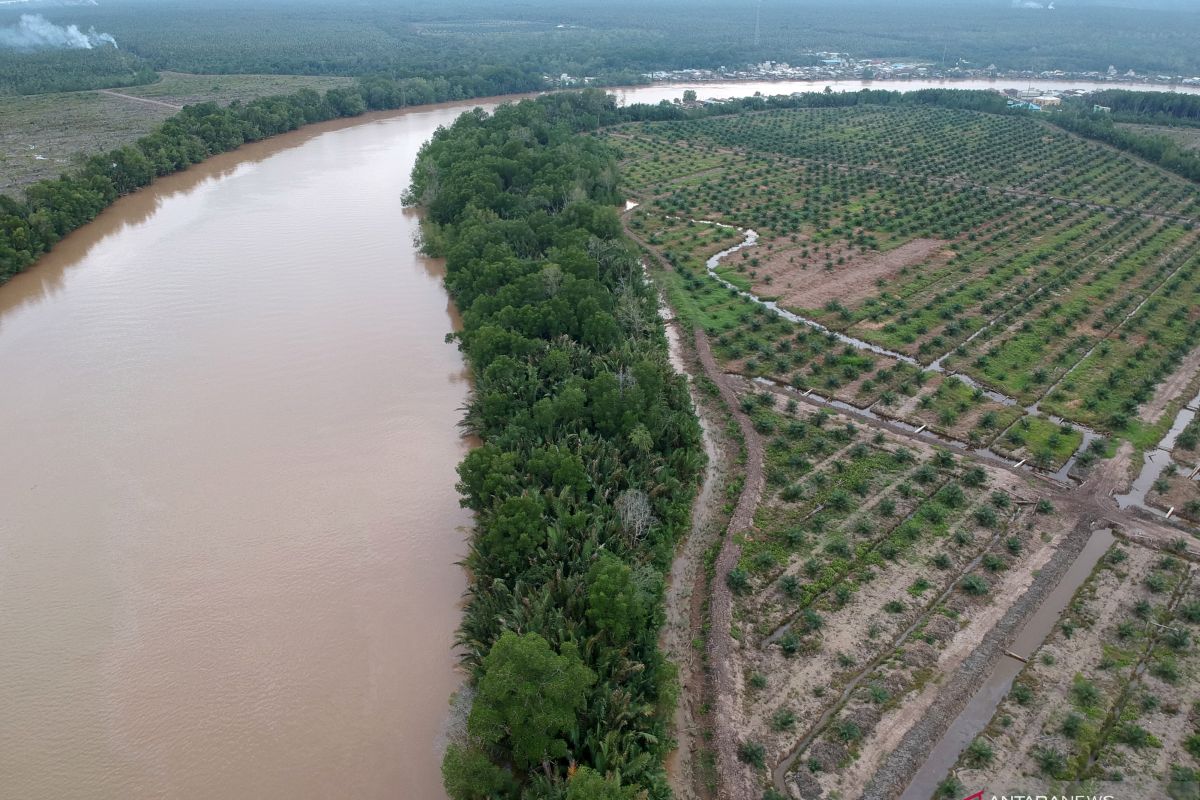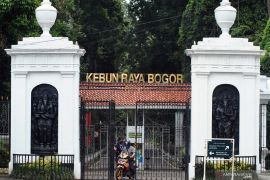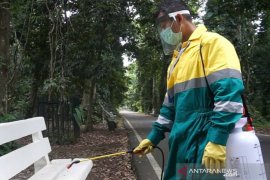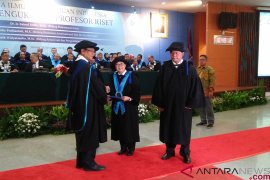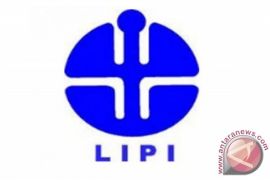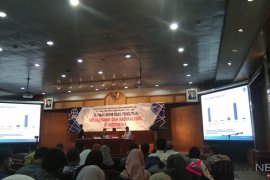The MACADA application is one of the three monitoring tools developed from the COREMAP datasetJakarta (ANTARA) - The Indonesian Institute of Sciences (LIPI), through the Research Center for Oceanography (P2O), along with COREMAP-CTI developed the MACADA application to monitor mangrove ecosystems.
"We are endeavoring to develop aspects that can help us all in properly monitoring or assessing mangrove ecosystems," LIPI's Head of Research Center for Oceanography, Augy Syahailatua, stated here on Thursday during a virtual seminar on developing mangrove monitoring devices in Indonesia.
The Mangrove Collection and Analysis of Data (MACADA) application is designed for use by all and not solely for scientists to monitor and assess the condition of mangrove ecosystems.
The LIPI data collection on the structure of mangrove communities in various habitats is the basic material utilized to develop mangrove monitoring tools, such as the MACADA application.
Researcher at the Research Center for Oceanography I Wayan Eka Dharmawan stated that the Android-based application can be used to enter data and perform analysis while monitoring.
"The MACADA application is one of the three monitoring tools developed from the COREMAP dataset," Dharmawan remarked.
The application provides community structure parameters, such as density, morphological size, frequency, dominance, and mangrove health index.
"The Android-based application is very useful. We can input data and then analyze it," Dharmawan noted.
One can glean through information on using the MACADA application in the mangrove monitoring manual prepared by LIPI.
Indonesia is listed as a country with the largest mangrove ecosystem in the world. LIPI has monitored the condition of mangroves at 40 locations in Indonesia.
However, Dharmawan pointed to a 30-percent reduction in the area of mangroves in Indonesia since the 1900s owing to human development and activities.
The researcher highlighted the importance of structured and periodic monitoring and management of mangroves for mapping and maintaining mangrove ecosystems in Indonesia.
Meanwhile, a researcher at the Research Center for Oceanography Yaya Ihya Ulumuddin remarked that assessing the health status of mangrove ecosystems is deemed crucial in chalking out management actions, including determining conservation and rehabilitation areas.
The mangrove health index (MHI) is assessed on the basis of three structural parameters: canopy density in percent, average tree trunk diameter in centimeters, and the number of stands or small mangrove trees of stem diameter less than five centimeters.
"This index can describe the health status of mangroves, both in terms of the vegetation and biodiversity in it. Hence, MHI is expected to help mangrove ecosystem managers in determining management actions," Ulumuddin explained.
Related news: Ministry sets target to rehabilitate 200 ha of mangrove forests
Related news: Mangrove forests to hereafter not be converted into ponds: Minister
EDITED BY INE
Translator: Martha H, Azis K
Editor: Fardah Assegaf
Copyright © ANTARA 2020
